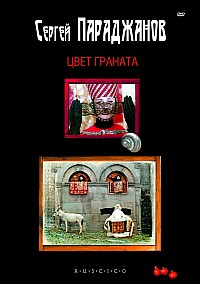 Last night I was finally able to see the new subtitled Russian Cinema Council DVD of Sergei Parajanov’s The Color of Pomegranates (1969) and can now do a comparison of all the existing DVD editions. Ruscico’s subtitled edition of the Yutkevich cut reinstates missing footage and thus corrects the disastrous audio sync problem which ruined their earlier unsubtitled edition, part of a “Best of Armenfilm” box set for the Russian market. However, we are still left with no wholly satisfactory version of the film on DVD anywhere. At the bottom of this post I will include some frame grabs for illustration. Click on each image to view a full-sized, properly scaled version.
Last night I was finally able to see the new subtitled Russian Cinema Council DVD of Sergei Parajanov’s The Color of Pomegranates (1969) and can now do a comparison of all the existing DVD editions. Ruscico’s subtitled edition of the Yutkevich cut reinstates missing footage and thus corrects the disastrous audio sync problem which ruined their earlier unsubtitled edition, part of a “Best of Armenfilm” box set for the Russian market. However, we are still left with no wholly satisfactory version of the film on DVD anywhere. At the bottom of this post I will include some frame grabs for illustration. Click on each image to view a full-sized, properly scaled version.
In order to compare the various DVD editions, it is necessary to take into account the film’s complicated history. As fans of the film know, The Color of Pomegrantes was released in two versions. The Armenian release version, which runs about 77 minutes, is sometimes mistakenly called the “director’s cut” though it is more accurately characterized as Parajanov’s own compromise with the censors. Among other things, Parajanov was forced to remove all the direct references to the poet Sayat-Nova in the main title and intertitles on the grounds that he took too many poetic liberties with the historical figure. So while the working title was Sayat-Nova, by the time the film reached the screen in Armenia it bore the title Nran guyne, translated into English as “The Color of Pomegranates.” (You can find my essay about the film’s production and censorship in a special issue on Parajanov that I edited for the Armenian Review.)
Alexei Romanov, the Chair of Goskino USSR (Moscow), personally disliked the film and refused to allow its distribution outside of Armenia. However, Sergei Yutkevich, an established older generation Soviet director, had served as one of the script readers in Moscow and admired Parajanov’s work. After the film’s release in Armenia, Yutkevich recut the film slightly to convince Romanov to allow distribution in the rest of the USSR. His changes entailed cutting a few minutes of footage (his version runs about 73 minutes), re-arranging a couple scenes and adding explanatory Russian intertitles to make the film more accessible. As far as I know Yutkevich used the camera negative to create this new version, whereas the Armenian release version survives only in a duplicate negative. Thus, theoretically the Yutkevich version should have a superior image quality; the various 35mm prints I’ve seen appear to confirm this.
The four DVD versions are as follows:
Kino’s U. S. 2001 edition of the Armenian release version, the so-called “director’s cut.” This NTSC DVD is based on an old telecine that dates at least back to the early 1990s, when Connoisseur Video released it on VHS. The image is very faded and lacking in detail, and it is (excessively) windowboxed to present the maximum picture area of the original film frame. It features very large, hard-coded yellow subtitles. It also suffers from persistent audio warble in the second half of the film, which may be a flaw in the film element used for the telecine.
The Films sans Frontières French 2006 edition of the Armenian release version. This PAL DVD is based on a newer and presumably better telecine than the Kino edition, but it suffers from the most cropping of all the existing editions and is plagued with excessive contrast boosting and digital sharpening. The resulting image is harsh and lacking in fine detail. In places the midtones and highlights also have too much cyan, at least to my eyes–the whites in the frame grabs below are a good indicator of this problem. I suspect that this may have been an attempt to compensate for color fading. The French disc is an object lesson in dangers of overusing digital filters to hide problems in the original source materials. Like the Kino edition, it suffers from audio warble in the second half of the film. On the positive side, the optional English subtitles are very good and translate passages which are not translated on any other edition.
The out-of-print 2004 Columbia DVD of the Yutkevich version (Japan, NTSC). To my eyes, this is still the best-looking of all the versions on DVD. The print used suffers from color fading and thus has a slight magenta cast. However, it doesn’t look as bad in playback as the screen captures below might suggest. It also preserves much of the film’s fine detail and photographic grain, which is important for a film that is as much about surface texture as it is about color. On the negative side, the reel which contains the scenes of the poet at the court of Erekle/Irakli II and his recognition of his doomed passion for the Princess Ana is darker and has a yellowish hue compared to the rest of the film. The disc contains only Japanese subtitles.
The aforementioned 2010 Russian Cinema Council DVD of the Yutkevich version, available in both NTSC and PAL. (My frame grabs are from the PAL version.) On the whole it looks better than the French and U. S. DVDs of the Armenian release version. However, compared the Japanese DVD all the grain has been filtered away, resulting in a softer, waxy-looking image. Like the French disc, this transfer has an overly cyan hue though not as pronounced. Strictly in terms of image quality, I would rank it below the older Japanese DVD, which has since been replaced in Japan by the same Russian Cinema Council edition.
To sum up, collectors will still want to acquire either the Kino or the Films sans Frontières disc since both contain the longer and somewhat less compromised Armenian release version, though both are seriously flawed image-wise. The Russian Cinema Council DVD of the Yutkevich cut looks better, but it’s not on the level of their other Parajanov releases, which have been repackaged by various distributors worldwide, including Kino in the U.S. If you don’t care about subtitles, it’s worth tracking down the older Japanese DVD for its picture quality. When, oh when will we see a truly decent version of this film on DVD?

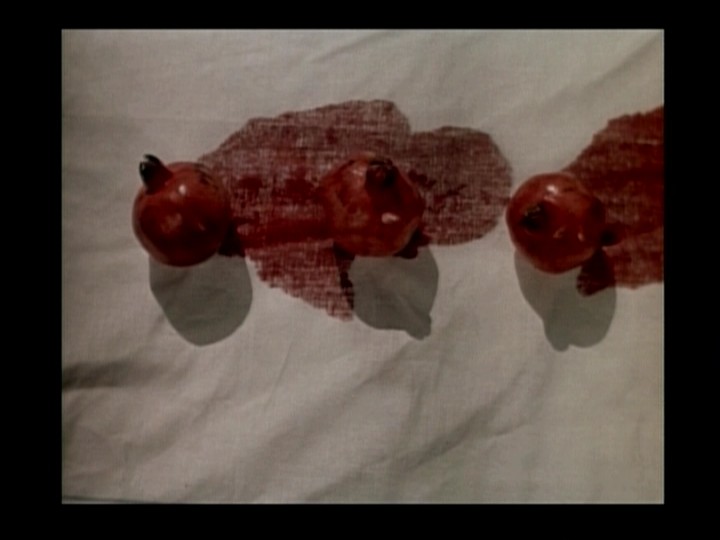
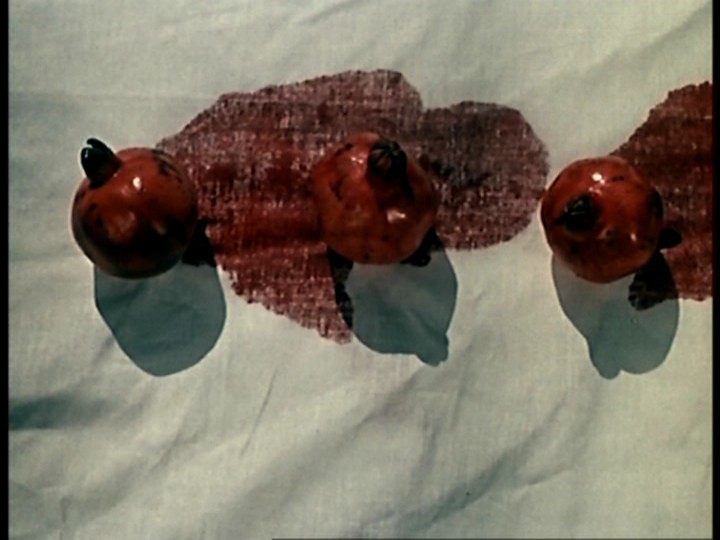
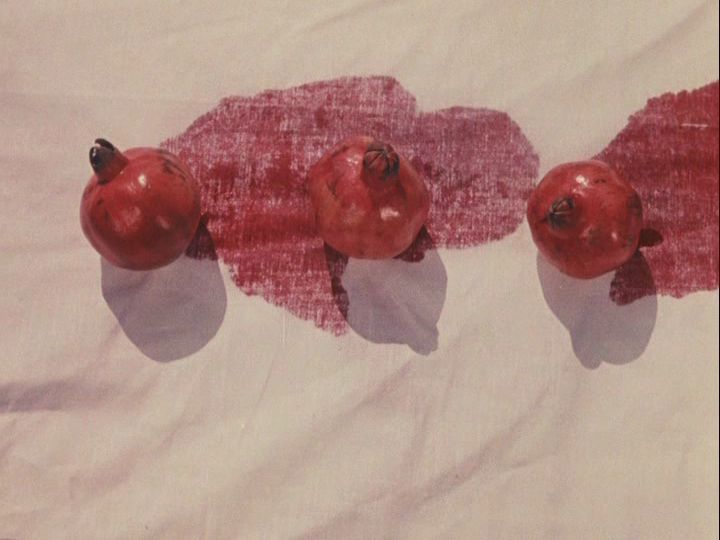
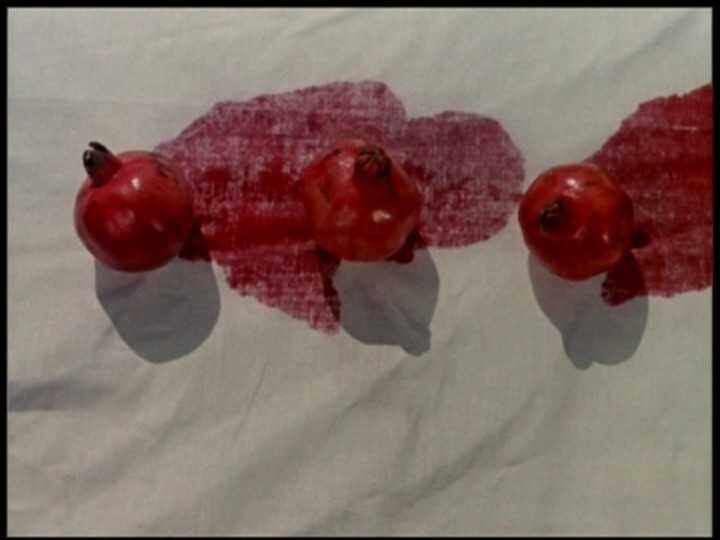
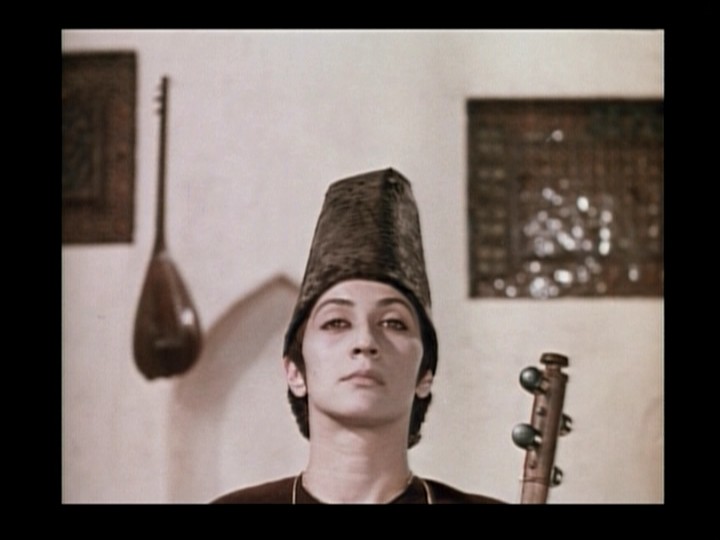
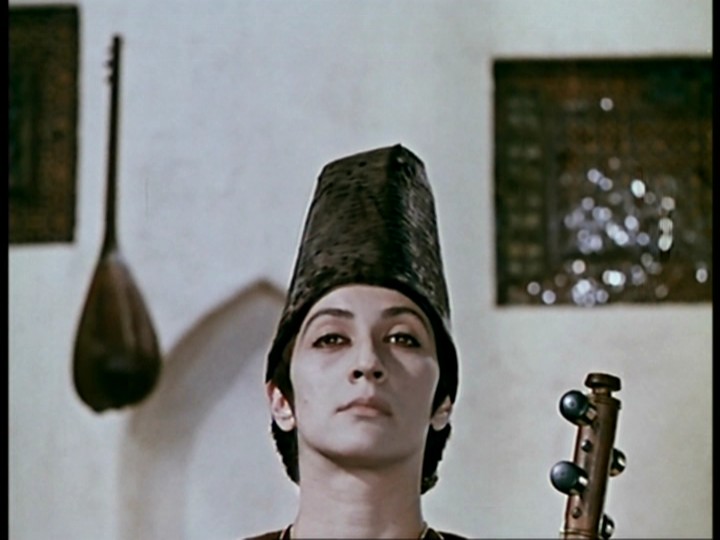
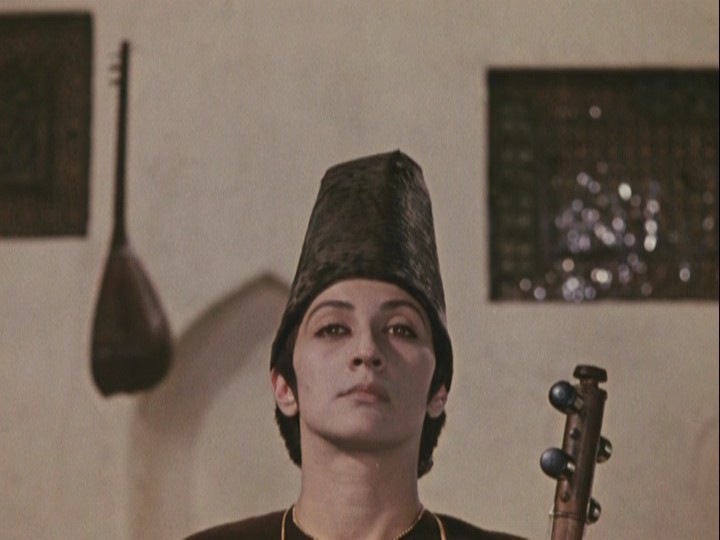
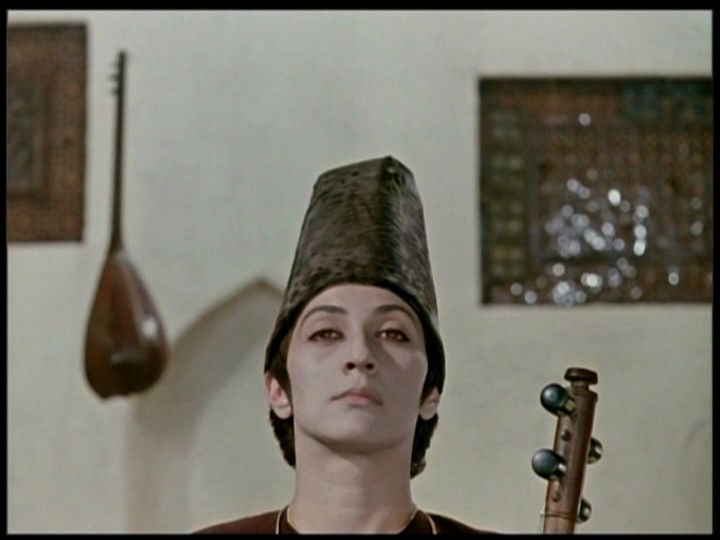
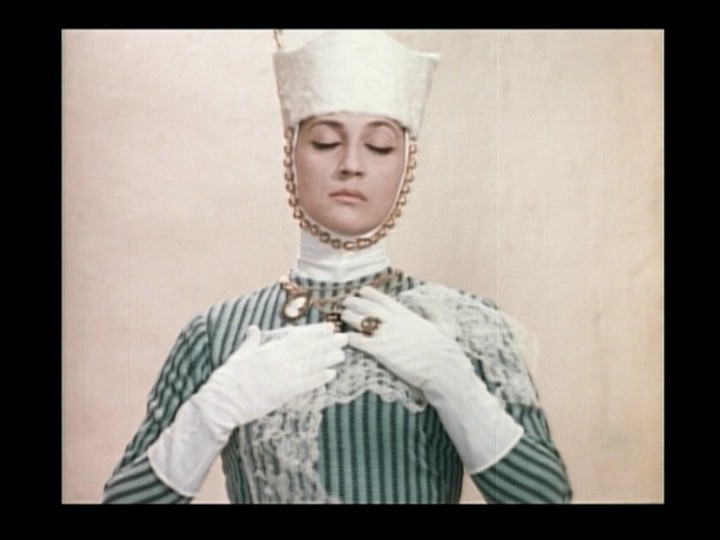
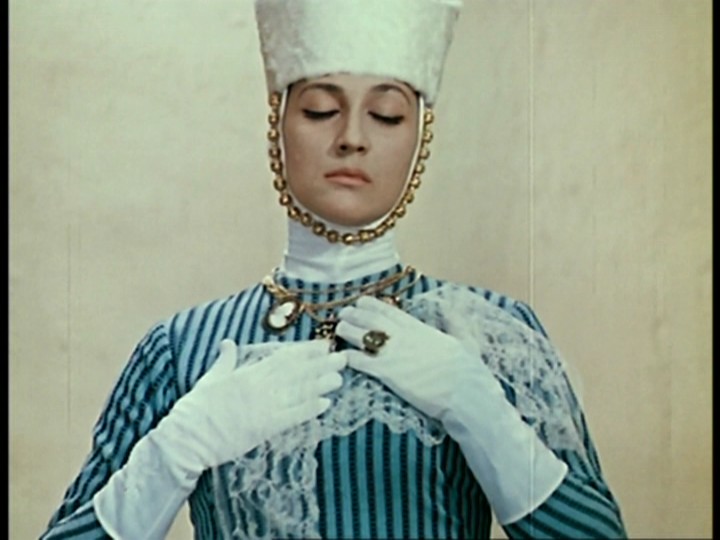
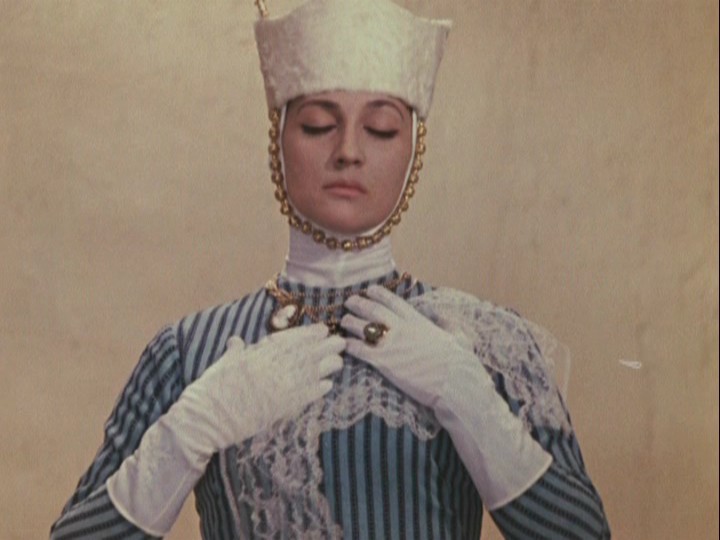
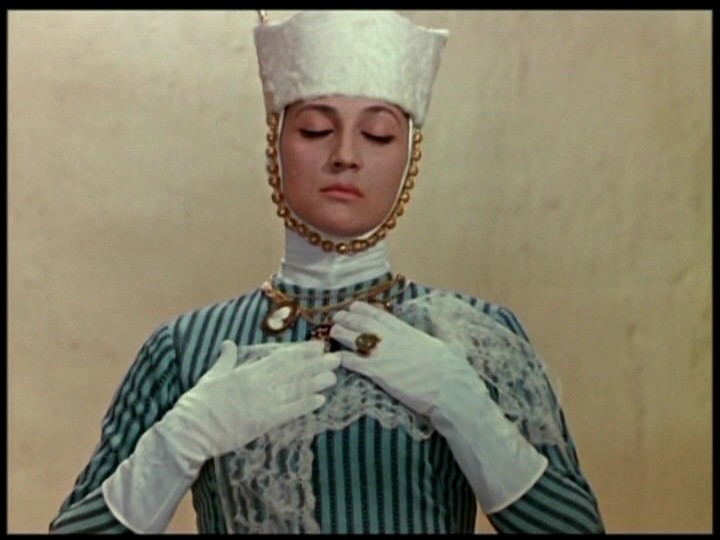
James- thanks for the analysis and your continued passion for this film. i have parajanov’s name on “google alert” so i received your blog immediately. . . in the end, i wouldnt mind seeing the film in any version on the “big screen” of a theatre. . . (im still sorry i missed the Festival in London. . . . )
do you know anything about the bio-pic to be filmed- ? (perhaps you have been contacted as a consultant?)
best-
berj kalayjian
Hi Berj-
Great to hear from you! As far as I know Kino still rents film prints of Parajanov’s films in addition to releasing them on DVD in the U.S. Their new print of Shadows of Forgotten Ancestors is gorgeous.
Actually, this is the first I’ve heard of the bio-pic. Do you have any information on it? I must say, I have a hard time picturing anyone playing Parajanov convincingly, he was such an outsized personality.
–James
I agree with James about Kino’s release of Shadows of Forgotten Ancestors…it’s a great looking dvd and much better than the VHS tape version that came out years ago. Hope to see this on Blu-ray soon. Saw this as a kid on my local PBS TV station and is still one of my favorite films of all time.
Yes, Shadows of Forgotten Ancestors is easily the best-looking of the Kino/RUSCICO Parajanov DVDs. (The other titles they licensed from RUSCICO are The Legend of Suram Fortress and Ashik-Kerib.) I’ve seen Kino’s new 35mm print a couple of times and I think the DVD’s video transfer does a good job of representing the film’s look. I saw the film for the first time in college and was completely bowled over by it. It’s really what inspired me to study Parajanov’s work.
Thanks for the very useful comparisons, James, though it’s frustrating to think an ideal version is yet to exist.
You all might be thinking of the biography “Parajanov: The Last Spring” ( http://www.parajanov.com/lastspring.html ), which I reviewed here a number of years ago:
http://www.filmjourney.org/2003/12/10/sergei-parajanov
Dear Doug:
I may be wrong, but I think Mikhail Vartanov’s film Parajanov: The Last Spring showed in L.A. more recently as well. Unforunately, Vartanov passed away in 2009. It is my sincere hope that the film eventually comes out on DVD, together with Vartanov’s 1968 documentary The Color of the Armenian Land. (Actually, the latter is the one which I want to see the most!)
By the way, I agree wholeheartedly–Robert Koehler’s review of the new Bela Tarr film The Turin Horse is beautifully written and makes me all the more eager to see the film!
I really appreciate your comparisons and screengrabs very much. I already own a copy of the Japanese edition, but to my eyes the new 2010 editions looks better, especially in the last image. Looking online am only able to find the NTSC available, and that was difficult. Wondering where you were able to get a PAL version?
Also, Second Sight has announced a new, restored edition that should be released anytime now. It was announced some time ago for a Feb. 2011 release. Someone on the Criterion forum says it should now be July or August, and may include new specials features.
<>
http://www.secondsightfilms.co.uk/
http://criterionforum.org/forum/viewtopic.php?p=336673
Though I live in the US, I usually prefer a PAL edition as the frame size is larger, looking better on a large screen TV.
You’re welcome, griezzel! I ordered the PAL version directly from RUSCICO, but their online catalog has been down for many weeks. You can purchase all their releases of Parajanov’s films together as a box set from Fnac in Spain: http://cine.fnac.es/a55256/Pack-Sergei-Parajanov-Volumen-5-sin-especificar?PID=7. It doesn’t look as if they’re offering The Color of Pomegranates separately. But from what I’ve heard I recommend waiting for the Second Sight DVD of the film.
Just one question – does the Ruscico version of Color of Pomegranates have the original Armenian audio or the Russian voice-over?
The Ruscico version has the original Armenian audio, but I recommend that you purchase the Second Sight edition from the UK. It has an improved picture, new subtitles and new special features such as a feature-length documentary about the making of the film and an audio commentary track.
Thanks for the response. I can’t get the UK version, which is PAL because I live in the States. Is the Ruscico NTSC? Also, is the Ruscico version the cut version, meaning the Russian version which omits certain scenes that the Kino version has?
Thanks!
Both the Ruscico and the UK versions are the slightly cut version edited by Sergei Yutkevich. The UK version really does have a better picture than the Ruscico version, so it’s too bad you can’t play PAL discs. Ruscico sells both PAL and NTSC versions on their website–you just have to specify which one you want.